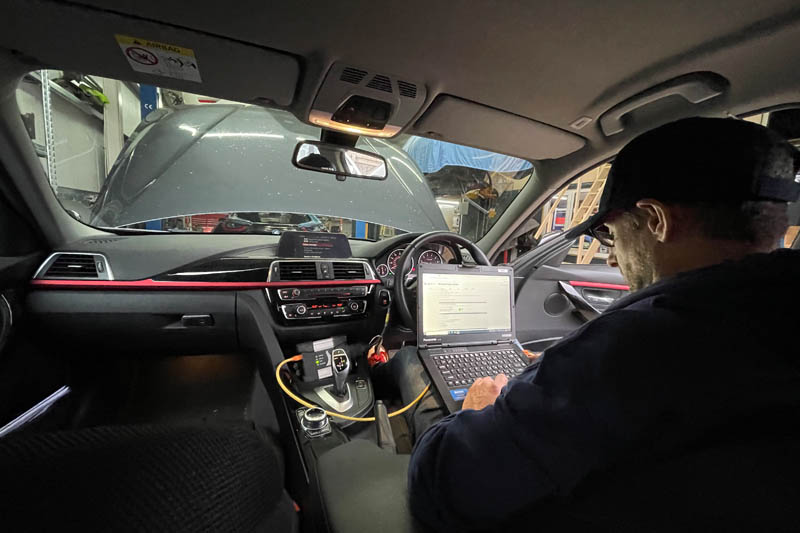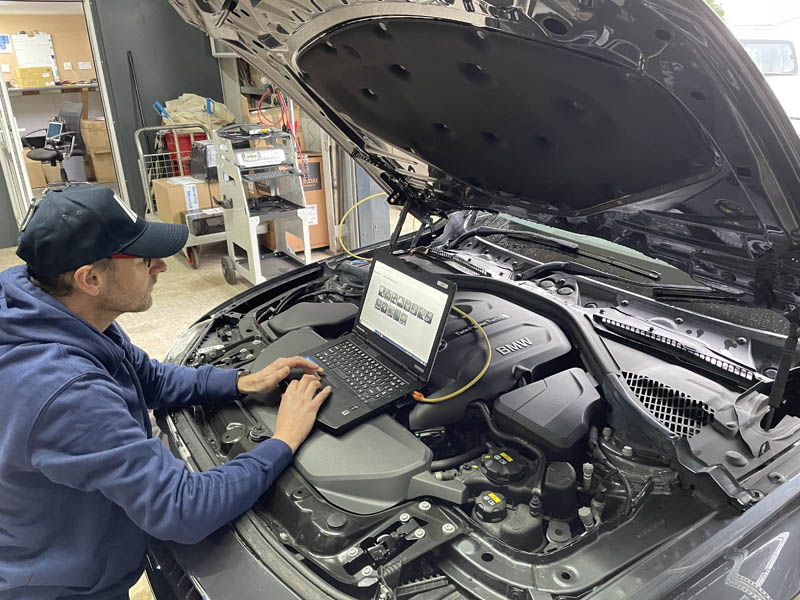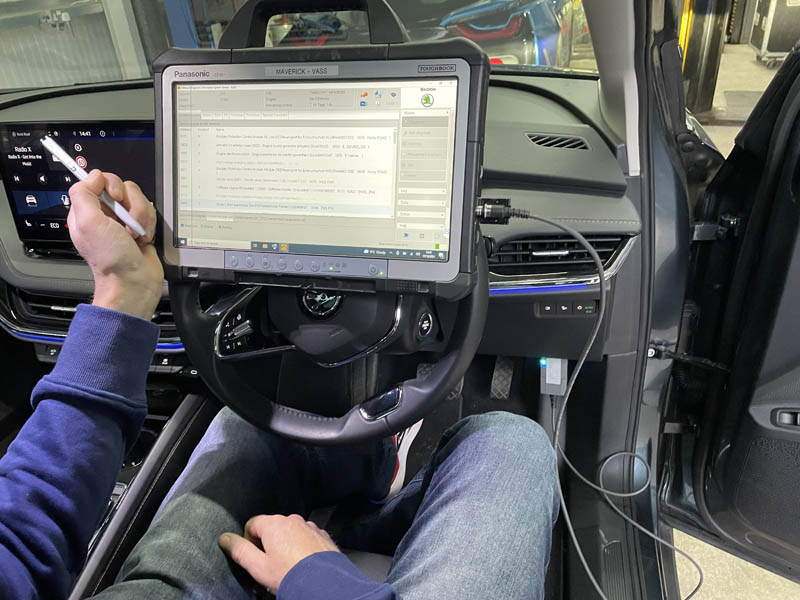
PMM hears from Maverick Diagnostic’s Managing Director, Andy Brooke, as he gives an honest appraisal of the diagnostic life.
Over the last 25 years, I have worked as a diagnostic technician, running my own workshops. I have sold and supported aftermarket and OEM diagnostic tools, I work with manufacturers to develop diagnostic tools and have developed and carried out diagnostics training programmes. I am now helping the IAAF and UK AFCAR to build a case to fight for the UK aftermarket workshops right to keep block exemption (MVBER) beyond 2023. Having the right to use OEM tools and data in the future is the single most important thing to ensure our future. I will explain why, and more importantly, what you need to do, to prepare for the future and what you can do right now.
Let’s start with a bit of honesty: I’m a diagnostic tool hoarder. I have cupboards full of old defunct diagnostic tools – some are useful, some are not. I have found most workshop owners are guilty of this. Most of these relics were out of subscription years ago, some cost me over £3,000, and I often wonder did they ever pay for themselves?
To find the answer we need to look back to the beginning of modern diagnostics, which truly started (post flash code era) in the late ‘90s. Most workshops were happy if they had a tool that could communicate with a car at all. Diagnostics method in the early days was to ‘clear the code’ and hope for the best. If the MIL came back on, replace the component mentioned in the fault description – all very hit and miss. Thankfully, we are all a little more educated now. However, if you are still using the ‘replacement part diagnostic’ technique please carry on reading!

Most workshops (I include myself in this) did not charge for an initial diagnostic check, we offered ‘a quick look for free’ or ‘I will just knock the light out for you Mrs Jones’. What we did, in effect, was lower the value of the tools and service we were providing, a position it is hard to track back from.
The real questions are, did we even get a return on investment from any of these tools, were we simply keeping ‘Mrs Jones’ on the road at a staggering £50 per diagnostic session? How do we get a return on these modern tools and how do we keep up?
20 years on and with the benefit of hindsight, the smart, successful workshops have an initial diagnostics assessment fee and an hourly diagnostic fee, in addition to a normal labour fee. We all need to pay for the additional training, software subscription, OEM fees, updating fees etc. that are needed to use and run these tools.
So why do we need to all align with these ideas of what makes a smart successful workshop profitable? Let’s start with the basics.
A modern vehicle is basically a collection of laptops on wheels, if you are a bit of a technophobe, this scenario is only amplified when you investigate the latest fully digital vehicles with multiple systems including driver assistance, EV and hybrid technology.
You may be thinking as an independent workshop: How on earth do I keep up with all of this? In simple terms, there is no quick fix. A ‘does it all’ diagnostics tool just does not exist. My experience has shown that your response needs to be to readjust your view of diagnostics and business and make an opportunity out of complexity.

How to understand the diagnostic tools available
Aftermarket tools, what are they? All legitimate aftermarket diagnostic tools are reverse engineering from an OEM tool. This reverse engineering is totally legal as you are replicating a process, not copying it. In the case that they are not reverse engineered, but copied, this inevitably ends in very expensive legal action with the OEM in question.
Vehicle software is now recognised as the key component of all vehicles. OEMs are understandably very protective about copyright as they spend hundreds of millions a year on development. To keep vehicles in their own dealer network and to safeguard their huge investments, OEMs make software and vehicles very secure and extremely difficult to reverse engineer. They achieve this by storing software on their cloud portals and to add security gateway modules to vehicles.
These changes have given the manufacturers the ability to change the software on a daily basis, to make improvements, add new chassis numbers and to fix historic software issues. The aftermarket tool manufacturers simply cannot keep up with the changes.
Be sure to come back next month to read part two of Andy’s reflections on the past, present and future of vehicle diagnostics.









